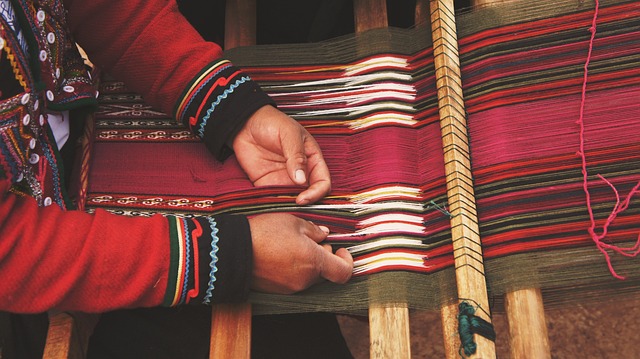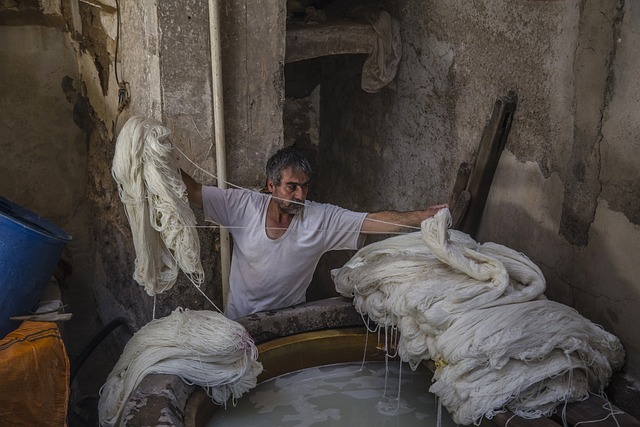Rug-Making: A Treasured Armenian Tradition
Armenian rugs have a long and rich history that can be traced back to the 5th century BC. These rugs were made by Armenian artisans who were renowned for their skill and craftsmanship. Armenian rugs were traditionally made from wool or cotton, and they were often dyed in rich and vibrant colors. If you’ve won enough on National Casino Australia, you might afford to purchase one for your home.
In fact, these gorgeous rugs were prized for their beauty and durability, and they were often used as floor coverings in homes and public spaces. In the 19th century, Armenian rugs began to be exported to Europe and the United States, where they became very popular.
Today, Armenian rugs are still made using traditional methods, and they are highly prized for their uniqueness and quality.
Key Features of Armenian Rugs

Armenian rugs are hand-woven using a technique that has been passed down through generations. The weaving of these rugs is a symbol of freedom for the Armenian people. The rugs are made from wool or cotton, and the patterns are often geometric in design. The colors used in the rugs are typically bright and bold, and they often include symbols that represent Armenian culture and history. Armenian rugs are used in many homes as a way to add color and beauty, and they are also often given as gifts to celebrate special occasions.
Some of the most popular and well-known Armenian rugs include the Karabagh, the Ghazni, the Konya, and the Yerevan. Each of these rugs has its own unique design and colors, and each is considered to be a masterpiece in the world of rug making. Armenian rugs are known for their intricate patterns and rich colors, and they are prized by collectors and interior designers alike.
The most famous Armenian rug makers are considered to be Hagop Margarian, Hrant Malkhasian, and Sarkis Margarian. These three Armenian rug makers are considered to be the best in the world and their rugs are some of the most sought after in the world.
Decline of Quality Rugs

During the Soviet era, the Armenian people were robbed of their freedom. They were forced to live under a repressive Communist regime that controlled every aspect of their lives. This included the production of rugs.
Rug-making was no longer a traditional art form that was passed down from generation to generation. Instead, it became a state-controlled industry. Armenian rug makers were forced to work in state-run factories where they were supervised by Communist officials.
The quality of Armenian rugs declined during this period. The Communist officials did not care about the quality of the rugs. They only cared about quantity. As a result, many Armenian rug makers lost their jobs.
The Armenian people regained their freedom in 1991 when the Soviet Union collapsed. Since then, Armenian rug makers have been able to return to their traditional way of life. They are once again able to make high-quality rugs that are treasured by people all over the world.